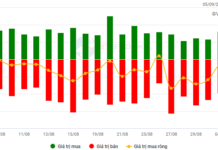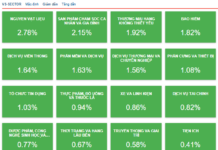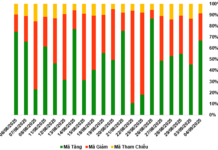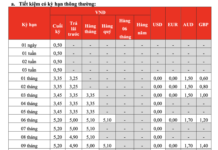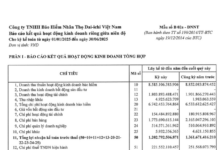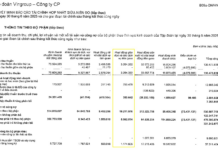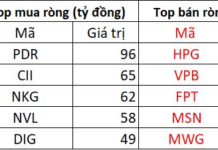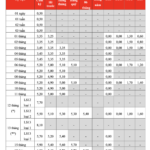What to Consider if You Have Idle Money?
From an investment perspective, Mr. Kien shared: Before Q3 2024, if I had idle money, I would invest in townhouses if the price is 10-15% lower than the end of 2021. Especially for assets that can be rented out to generate a cash flow of at least 4%/year.
According to this veteran investor, there are several reasons for this strategy:
Firstly, house owners in financial distress have been selling at prices from 3-4 years ago. This has not happened since 2013.
Secondly, the secondary supply is favorable, with more sellers than buyers, giving the advantage to buyers who can negotiate better deals.
Thirdly, savings account interest rates are too low. In reality, investors who choose to hold on to their money are losing it. On the other hand, lending rates are quite attractive, with fixed rates below 10%/year for 2-3 years. By the time the promotional rate ends in 2026-2027, the market will likely have improved. Of course, during this challenging period, banks will scrutinize loan applications more carefully and increase risk prevention measures.
Fourthly, for real estate projects, there are many discounts, promotions, and favorable payment schedules offered by developers to attract buyers and cash flow.
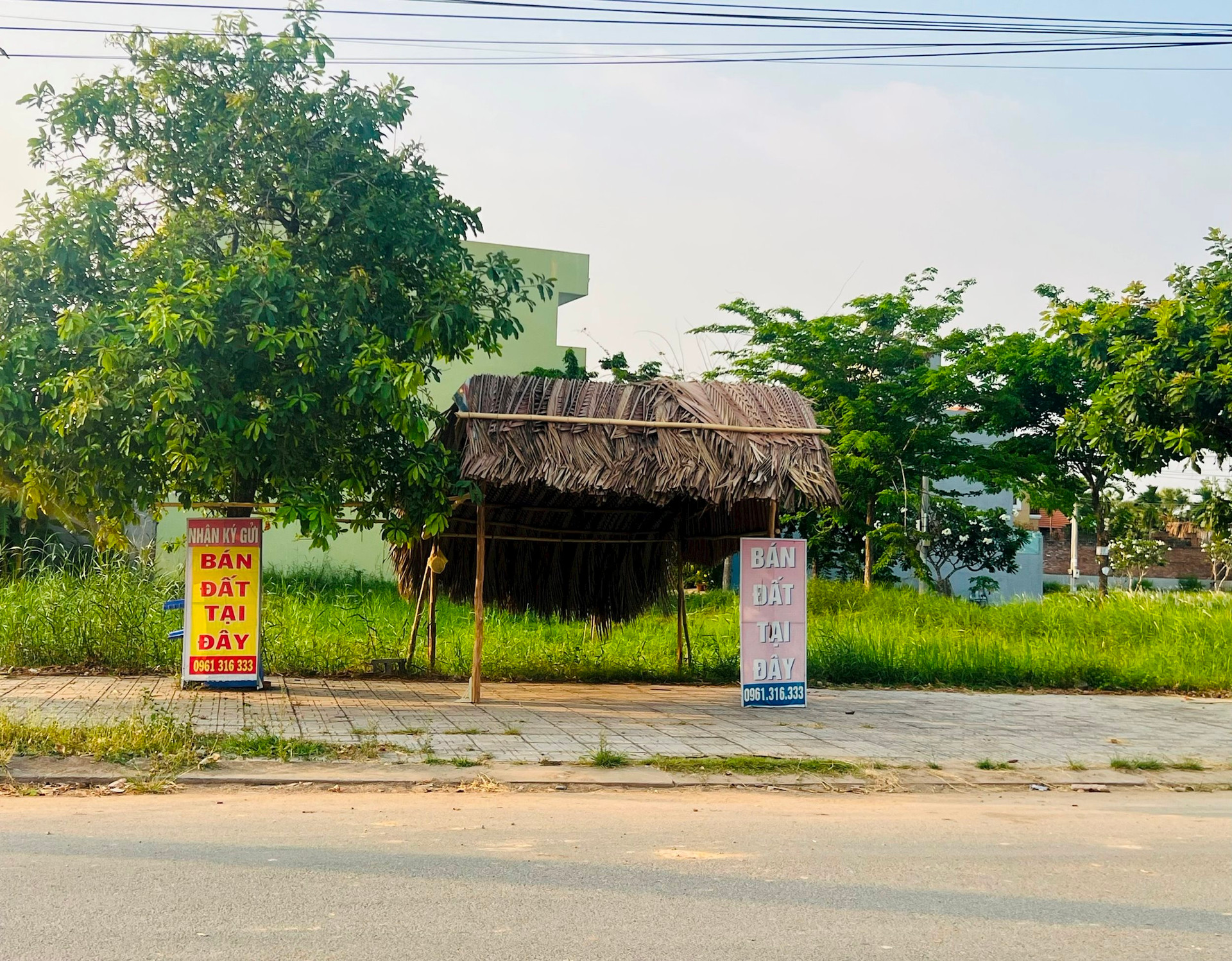
Photo: Tieu Bao
Mr. Kien pointed out that there are three main goals for real estate buyers: expecting price increases, accumulating assets to preserve capital and countering inflation, and meeting end-use needs. In the current context, the first two goals are not feasible as real estate prices are declining and liquidity is low. Therefore, the third goal takes priority.
To meet this end-use goal, only apartments and townhouses in residential areas can best serve this purpose, as distant agricultural land suitable for cultivation and animal husbandry is only relevant for local farmers or a small number of large-scale agricultural investors. Newly launched or under-construction apartments may not be ready for immediate use, especially with the legal risks associated with future projects, limiting supply. In the long run, the potential for price increases in such apartments may not be as good as townhouses in the same area with similar infrastructure and population development.
For investors with ready capital during this period, Mr. Kien offered the following advice when investing in real estate:
For future projects under development, pay close attention to the developer’s capabilities and the project’s legal status. This is a sensitive time, and if the developer’s financial health is not stable, buyers may lose their capital. Many developers are still dealing with past issues, such as legal complications, customer deposits, old debts, and maturing bonds.
For completed and habitable projects, take your time to research prices from multiple sources. As sellers compete to lower prices, taking a step back and being patient can save you a significant amount of money. Additionally, since there is no urgency, spend more time learning about the living environment, the level of community, and the quality of the project after delivery.
For houses in residential areas, similar to completed apartment projects, take advantage of the lack of time pressure to thoroughly research house prices from various sources, legal aspects (zoning, building permits, mortgage status, etc.), and the living environment and community.
Investors need to view the house as a long-term asset to preserve capital and counter inflation, rather than expecting short-term price increases as in the past. It is important to understand that liquidity may not be as quick as before.
While lending rates have decreased, credit scoring has become more stringent regarding asset valuation, loan purpose, repayment ability, and the borrower’s credit history. Therefore, if you plan to borrow additional capital from a bank to purchase a house, prepare your documents carefully beforehand to avoid the situation where you realize you don’t qualify for the desired loan amount after making a deposit.
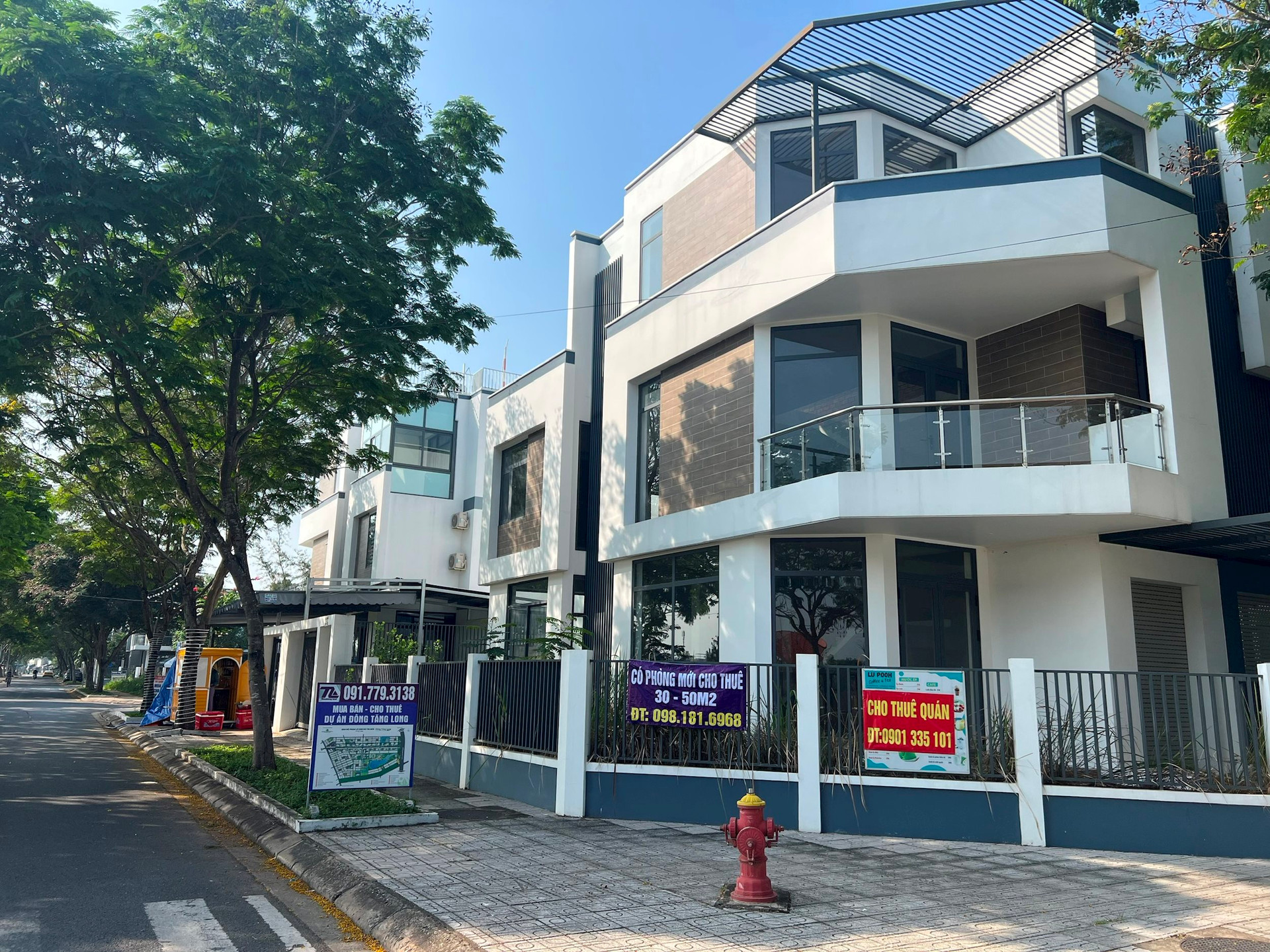
When borrowing from a bank, carefully calculate your monthly repayment ability and avoid committing too much of your monthly income to loan repayments. It is advisable to have a buffer in case your income suddenly decreases during this challenging economic period.
Another point to consider when investing in real estate is the discussion around taxing second and third properties. While the recently passed Land Law does not include this, the 18th Resolution of 2022 by the Central Committee clearly states the task of imposing higher taxes on those owning multiple properties, engaging in land speculation, or leaving land unused. The National Assembly Standing Committee has also requested the government to propose regulations on higher tax rates for those using large areas of land or owning multiple properties. Real estate tax policies can be adjusted and supplemented as needed.
Therefore, if you are considering investing and accumulating real estate, it is advisable to look for properties with end-use value, such as rental potential or commercial use, to offset potential asset taxes and improve liquidity if real estate tax laws are implemented.
Price Volatility of Different Segments in the Coming Time
According to Mr. Le Quoc Kien, as real estate that meets end-use needs will lead the market, detached houses and apartment group (1) will take the lead in growth trends. Demand will stabilize first. Prices may not decrease further but are unlikely to increase immediately, remaining stagnant for the first 2-3 quarters.
Apartment groups (2) and (3) will likely need to maintain a downward trend, with a further reduction of 5-10% to attract quick sales.
Townhouses in projects can maintain 2019-2020 prices if the developer’s financial health is good, the project’s legal status is assured, and development progresses as scheduled. If negative information persists, a further reduction of 10-15% may be necessary to stimulate liquidity.
Land plots in suburban areas within 20km of the city center may need to decrease by another 5-10%. Land plots and larger land areas in distant provinces have already decreased significantly in 2022-2023, so they may remain stable or decrease by another 5-10% if quick liquidity is needed.
Vacation real estate has also decreased significantly and may not drop further. However, if the developer’s financial health and project legal status are not assured, even further reductions may not improve liquidity.
“The degree of price reduction varies depending on how well the property meets end-use needs. The more a property remains unused or unexploited, the greater the price reduction will be. In contrast, properties that can be utilized immediately will experience smaller reductions,” emphasized Mr. Kien.

